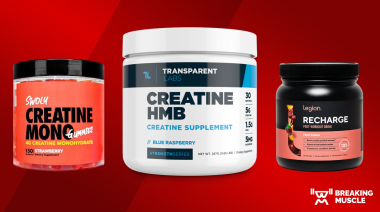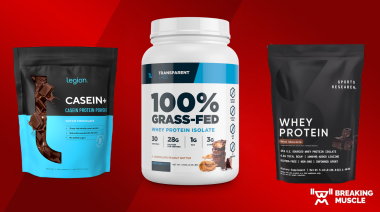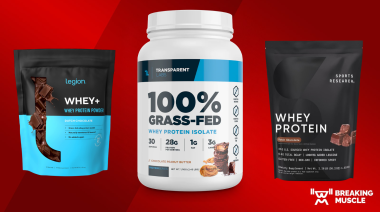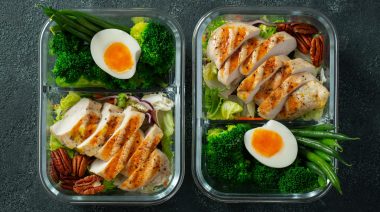The results of nutrition research are often simplified and sensationalized by the news media. A recent article in Time magazine vilified our war on fat and seemed to almost want to start a war on carbohydrates. You could imagine a similar article advising the opposite 25 years ago. The media is partly to blame. However, the science of nutrition is complicated and there are probably no simple solutions.
The Problem With Nutrition Research
One example of conflicting results is the relationship between eggs and atherosclerosis. An article in the journal Atherosclerosis from 2012 indicated that egg yolk consumption created a similar risk for atherosclerosis as smoking. However, a 2014 article in the same journal indicated an inverse relationship (the more eggs we eat the lower our atherosclerosis). Again, there are not simple solutions and individual difference factors probably play a role (in an upcoming article I will cover how individual differences affect nutrition and exercise).
Much research is created with less than rigorous experimental conditions (i.e., not controlling other factors; it is impractical to control everything a person eats for long periods of time) and it is correlational in nature. A correlation is just an association between two things. This relationship might have been found by luck (i.e., large samples often find very small but significant relationships as a consequence of the statistical formula). Furthermore, the relationship might exist because of a third variable (e.g., people who drink green tea might be more health conscious, which leads them to drink more tea, but also do other “healthy” things). As a professor of research methods, I never lack good material for teaching critical review of the literature when looking through nutrition research.
Although the intent of science is to uncover facts and to knock down opposing ideas, sometimes biases and beliefs guide the scientific agenda. I was involved in a highly funded research lab where the main goal seemed to protect the principal investigator’s theory so that more grant money could be obtained. As a young scientist, I thought that the goal would be to try to poke holes in theories to make them more robust. Needless to say, I was not a good fit in that lab. I learned my lesson that not all research is conducted following scientific principles. Furthermore, results can be interpreted differently based on individual biases and political agendas.
Regarding the Book Death by Food Pyramid
Most diet books use research to provide a basis for why their diet plan works best. Denise Minger in her book, Death by Food Pyramid, does not have a specified diet plan and on the surface very little agenda. She does talk about her personal history and it seems that she was an unsuccessful vegetarian in that she had many health problems while following a vegan and raw diet. In earlier writing, she criticized the book The China Study, which advocated for a raw and vegan diet (thus, we can see where the author has been and her potential biases in writing this book).
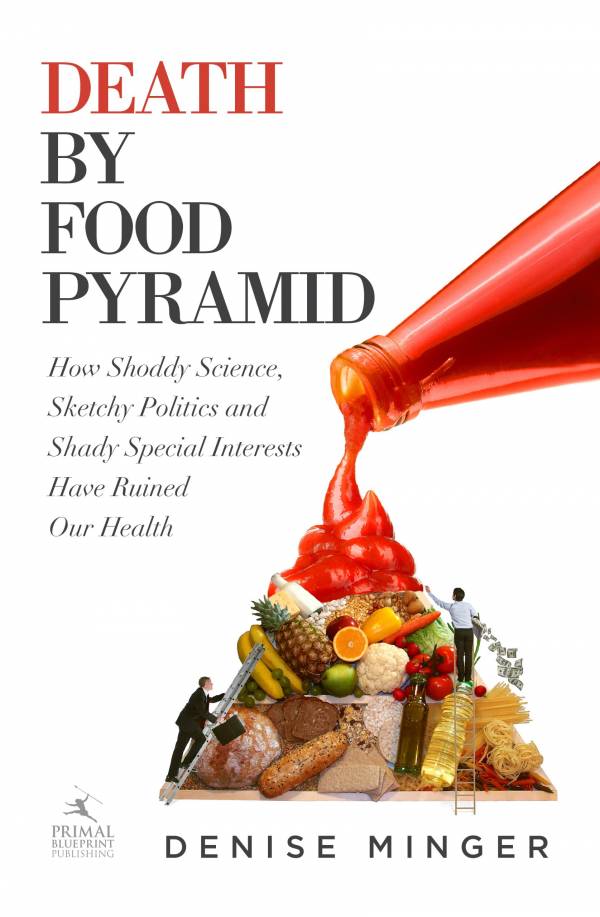
I really like this quotation from early on in Minger’s book:
Anyone who’s certain they’re right about everything in nutrition is almost definitely wrong. Our understanding of diet and health is still too young for anyone to have all the answers. Carefulness and caution is the mark of a good scientist.
If we take Minger’s advice, we can think like scientists and question nutrition research with a critical eye, as well as look for potential biases in its interpretations. Furthermore, we can read her book with that same skepticism. She even expressed skepticism of some of her own conclusions in a later blog entry. Criticizing her own work gives her some serious scientist street cred.
The USDA Food Pyramid
In her book, Minger attempts to investigate many of the studies and the politics that led to the USDA Food Pyramid of Nutrition. Her book reads like a detective novel you one can never tell who the bad guy is and the blame shifts in each chapter. It is fascinating to see how the original proposed food pyramid changed over the years as politics and personal biases were brought into the process of its creation. For example, the base of the food pyramid was never supposed to indicate eating high amounts of grains. However, the USDA, who is responsible for the food pyramid, is also responsible for the promotion of agriculture and faced problems if it didn’t promote its other arm.
Minger also describes the science behind the low-fat diet and how some of the early research was not conclusive as it was conducted with poor methodology. This research set up an accumulation of additional research (often with the same flawed methods) pointing to the idea that high-fat diets led to high amounts of heart disease. Research pointing to the idea that high-fat eating actually led to better indicators of health (i.e., longevity) was largely ignored. However, the type of fat probably plays an important role in all of this research.
In the studies, types of fat were often lumped together. Some processed fats, where a molecule is added (hydrogenated) to make the fat more stable for long-term storage, were indicated to be more related to health problems than other naturally occurring fats. But the USDA was pushed and pulled in different directions as food lobbyists from Proctor & Gamble pushed for the use of processed fats. Thus, the food pyramid limited all fats and the USDA had to destroy much of its promotional materials limiting processed fats.
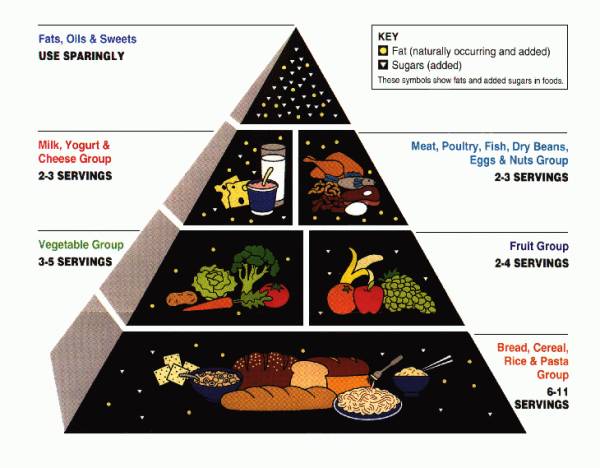
The Take-Home Regarding Nutrition and Science
The state of our current nutrition knowledge may seem like George R.R. Martin’s quotation: “You know nothing.” In Death by Food Pyramid, Minger attempted to pull together common factors of three diets that seem to have some success for health-related benefits: the paleo/primal blueprint, the Mediterranean diet, and whole-foods, plant-based diets. She found very little overlap between the diets, but all seemed to avoid processed foods, specifically, processed vegetable oils, refined grains, and refined sugar.
So in the end, maybe all we know is that limiting processed food is generally healthy. As for her book, I would strongly suggest it, as it is engaging and provides one of the least biased attempts at writing about nutrition.
References:
1. Campbell, TC.,The China Study: The Most Comprehensive Study of Nutrition Ever Conducted and the Startling Implications for Diet, Weight Loss and Long-Term Health. BenBella Books. 2005.
2. Goldberg, S., Gardener, H., et al.. “Egg Consumption and Carotid Atherosclerosis in the Northern Manhattan Study.” Atherosclerosis 2014 235 (2): 273–80. doi:10.1016/j.atherosclerosis.2014.04.019.
3. Martin, GRR., A Storm of Swords. Bantam Books. 2000.
4. Minger, D. Death by Food Pyramid. Primal Nutrition, Incorporated.
5. Shearer?Underhill, C., Marker. C., “The Use of the Number Needed to Treat (NNT) in Randomized Clinical Trials in Psychological Treatment.” Clinical Psychology: Science and Practice 17 (1): 41–47. doi:10.1111/j.1468-2850.2009.01191.x. 2010
6. Spence, JD., Jenkins, DJA., et al. “Egg Yolk Consumption and Carotid Plaque.” Atherosclerosis 224 (2): 469–73. doi:10.1016/j.atherosclerosis.2012.07.032. 2012.
Photo 1 courtesy of Shutterstock.

